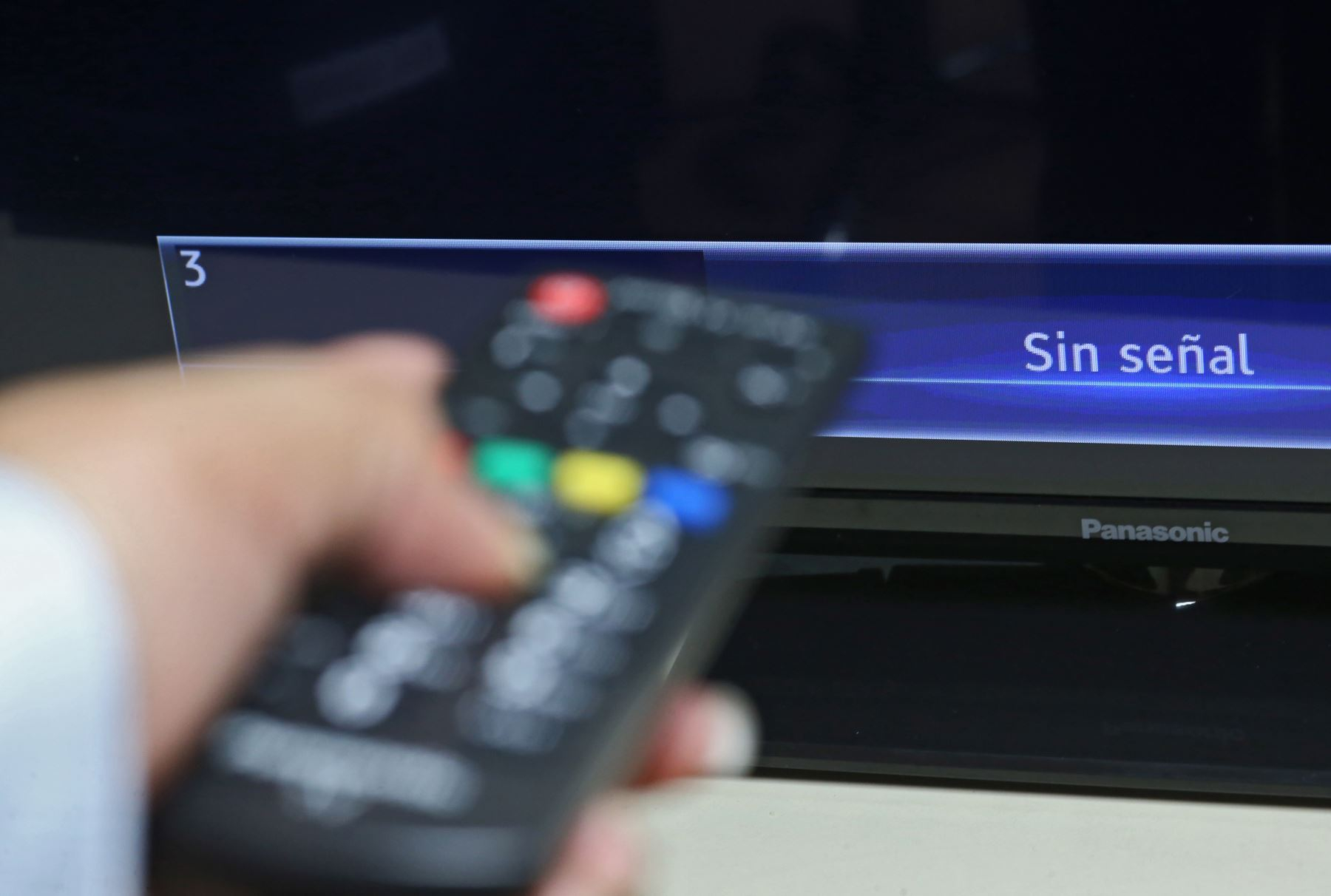
According to the latest user satisfaction report from the Supervisory Body for Private Investment in Telecommunications (Osiptel), users expressed their dissatisfaction with Movistar both in the mobile service section and in the pay television section, placing it in last place with 32% and 38% respectively.
To date, there are 41.9 million active mobile lines. However, The proportion of users completely satisfied with this service only reached 40% in 2023, ten percentage points less than in 2022. Thus, Movistar was in last place with 32%, after Claro (44%), Bitel (43%) and Entel (41%), with Tumbes and Callao being the places with the highest satisfaction with 49% and 45%. %, respectively.
In the case of the pay television service, a slight reduction in the level of satisfaction is observed, reaching 45% in 2023. Likewise, The level of dissatisfaction in the pay television service decreased between 2022 and 2023, reaching 14%. In this section, Movistar once again occupied the last place with 38%, after DirecTV (59%) and Claro (58%), with the highest level of departmental satisfaction concentrated in Lima with 40%. Along these lines, Movistar has the highest levels of dissatisfaction (17%).
“The case of Telefónica is notorious in that it is quite behind in some indices, but it is clear that they are making a significant effort to improve in these areas,” explained Rafael Muente, executive president of Osiptel.
For her part, Tatiana Piccini, director of user care and protection at Osiptel, highlighted in relation to the ruling of Movistar’s appeal for the 32 unsolicited contracts of mobile lines, that this would also influence the perception of users and the survey result due to bad experiences with the operating company.
Fixed internet services concentrate greater satisfaction in Lima
Claro presents the highest levels of dissatisfaction in the Northern region for fixed internet service, but has the best satisfaction results in Lima. Similarly, Movistar registered the highest levels of dissatisfaction in the Northern region for the same service, but had the highest levels of satisfaction in the Lima region.
“It should also be mentioned that there are different obstacles in local and regional governments to develop the infrastructure necessary for the quality of services. Without infrastructure and expansion it will not be possible to improve quality,” highlighted Muente.
Regarding mobile services, Bitel presents the highest levels of dissatisfaction in Apurímac and Cusco, while it stands out with the best levels of satisfaction in Tumbes and Lambayeque. For its part, Claro has the highest levels of dissatisfaction in Huánuco and Apurímac, but the best levels of satisfaction in Callao, Tacna and Piura.
On the other hand, Entel registered the highest levels of dissatisfaction in Junín and Ayacucho for the same service and presented the best levels of satisfaction in Tumbes and Ica. Meanwhile, Movistar had the highest levels of dissatisfaction for mobile service in Moquegua and Puno and had the best levels of satisfaction in Tumbes and Lambayeque.
Win is the best valued on the market
Regarding the fixed internet service, there is a satisfaction of 53% nationwide, with Lima being the department that stands out the most with 64%. In addition, Win ranked first with 83%, surpassing Movistar (53%) and Claro (44%).
Although Win has taken a significant share of the market in a short time, contributing 14.4% as of March of this year, Muente says that this is not enough to increase the percentage at a national level and that what we would actually be observing is a general improvement in all operators thanks to the growth of fiber optics in our market and that to date, of the 3 million 656,127 fixed internet connections, 2.2 million are already with fiber optics, representing 62% of the total.
“In 2023, the growth of fiber to the home in Peru has been the second fastest in the world, after Germany. Win’s entry into the market and its strengthening is encouraging other competitors to quickly invest in technologies that provide greater satisfaction to users, thus replacing copper with fiber,” says the CEO of Osiptel.
In this sense, the stability, speed and symmetry in both download and upload data that fibre optics allows is improving user satisfaction rates and increasing the competitive capacity of the different operators in terms of technology and quality.
Source: Larepublica
Alia is a professional author and journalist, working at 247 news agency. She writes on various topics from economy news to general interest pieces, providing readers with relevant and informative content. With years of experience, she brings a unique perspective and in-depth analysis to her work.











